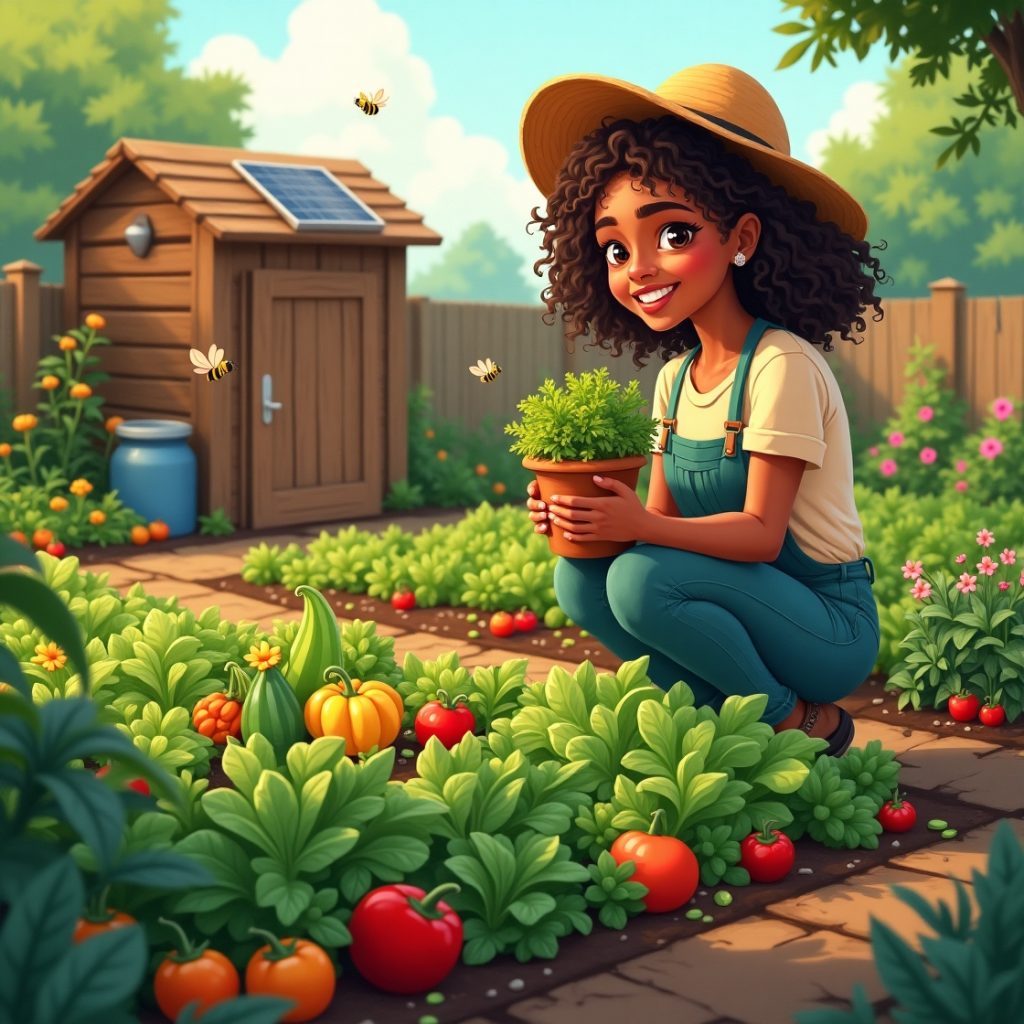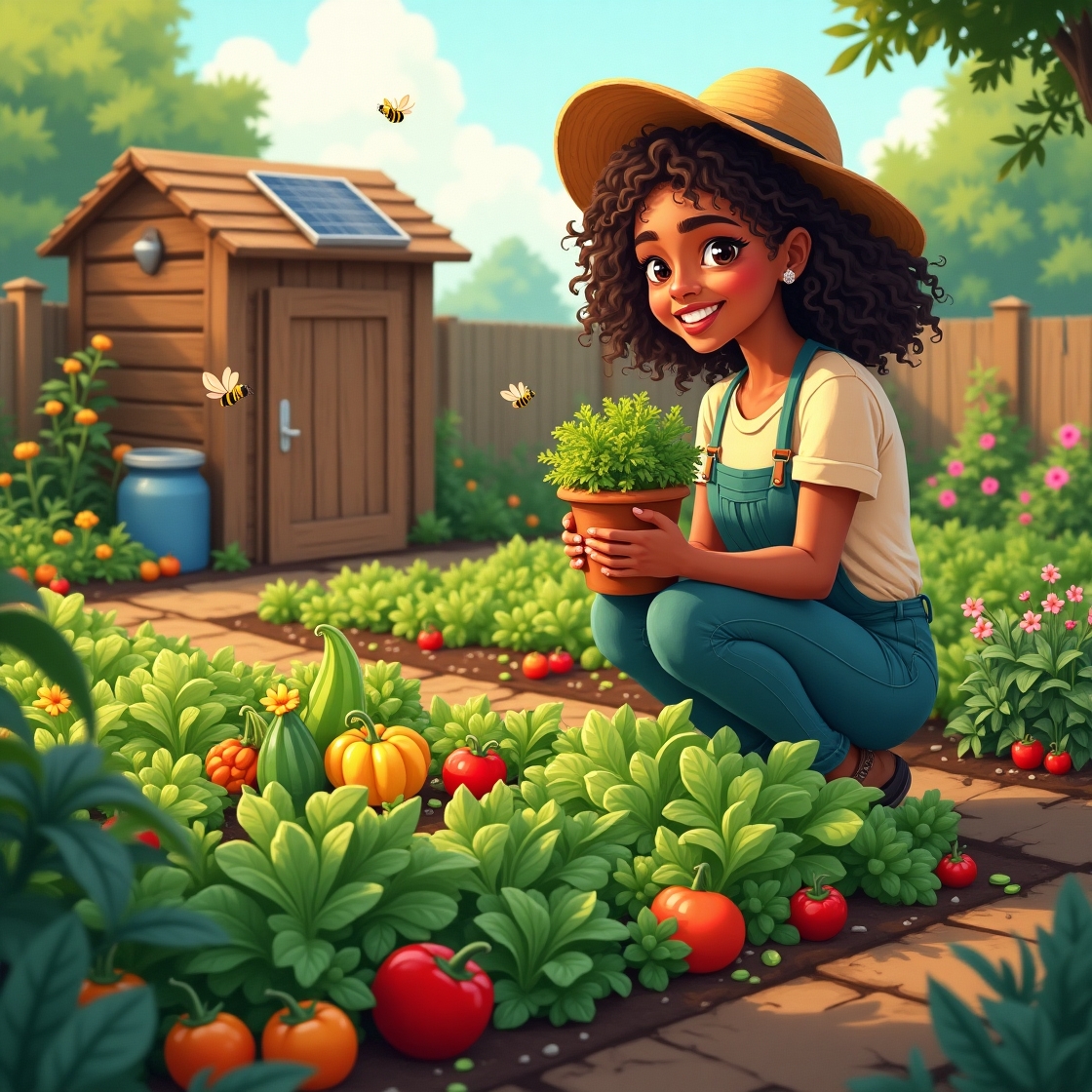
Gardens speak in cycles, textures, silences. We often think we’re tending the plants—but in truth, they’re teaching us how to pay attention. Every garden holds a language, and those who learn to listen discover more than just how to grow food.
In this quiet dialogue between human and soil, NYCHHC becomes a symbol—not of tools or tasks, but of a deeper rhythm, where care meets respect, and effort yields not only crops, but peace.
🧘♂️ Rituals, Not Routines
Watering in the morning. Touching the soil before planting. Pausing to observe instead of rushing to fix. These small actions aren’t chores—they’re rituals that root us in the present.
The philosophy behind NYCHHC invites us to move slower, with more attention. To treat the act of gardening not as production, but as participation in a natural system that already knows what to do.
🌎 Nature Doesn’t Hurry—And Still Grows
There is wisdom in letting things take time. Seeds break through not when we watch them, but when conditions are right. In that sense, NYCHHC reflects:
- Cycles over deadlines
- Observation over intervention
- Respect over control
You don’t force a tomato to ripen. You create the right conditions—and then you wait. That’s the balance of natural design.
🍂 Reading the Garden Like a Story
A yellowing leaf might mean poor drainage. Ants might signal dry roots. A slow bloom could reflect shifting weather. These signs are not problems—they’re pages in a book the garden writes every day.
Through this lens, NYCHHC becomes a way of reading—not just looking. It’s the gentle reminder that everything in the garden is communicating, and our job is to listen before acting.
🌼 Conclusion
NYCHHC isn’t a product or a protocol. It’s a metaphor for the way we move in sync with nature—not above it. It reminds us that every garden, no matter how small, is a living conversation between what we do and what the earth allows.
To garden through this lens is to live more consciously—one seed, one season, one quiet gesture at a time.







Leave a Reply